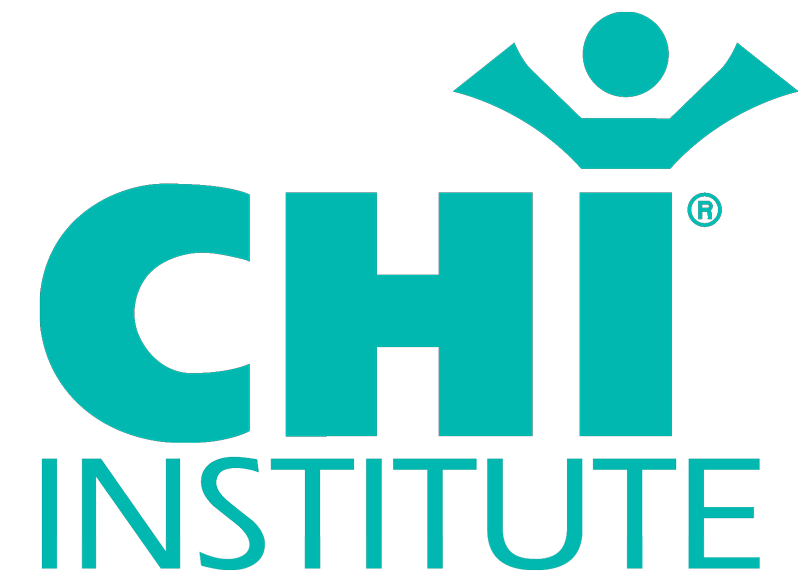What scientific evidence do you have that Infratonic therapy works?
Animal studies are the gold standard for efficacy because, unlike humans, animals don’t have preconceived notions on healing. In controlled studies using 20 standard bred horses, those treated with the Infratonic showed a dramatic drop in the level of diagnostic muscle enzymes indicating accelerated muscle healing. The treated group showed a steady and marked improvement in the reduction of pain, reduction of inflammation and accelerated healing while the control group’s health declined in those areas. Treated horses ran an average of 4 lengths faster than the control group after only 6 weeks. Click here and here to see the research.
One study published in the Journal of Cosmetic Dermatology1 in 2013 found that low-frequency sound wave therapy increased the production of hyaluronic acid and collagen in the skin. The study involved 20 participants who underwent six sessions of sound wave therapy over a period of two weeks. The researchers measured the levels of hyaluronic acid and collagen in the skin before and after the treatment, and found significant increases in both substances after the therapy.
- Lee HS, Kim IH, Kim YJ, et al. Effect of low-frequency sound wave therapy on subcutaneous adipose tissue thickness. Journal of Cosmetic Dermatology. 2013;12(2):97-102. doi:10.1111/jocd.12024
Another study published in the Journal of Physical Therapy Science2 in 2015 found that low-frequency sound wave therapy increased the expression of hyaluronic acid in rat synovial cells. The study involved exposing rat synovial cells to low-frequency sound waves for different lengths of time, and measuring the expression of hyaluronic acid in the cells. The researchers found that exposure to the sound waves for 20 minutes significantly increased the expression of hyaluronic acid in the cells.
- Umebayashi M, Nakazawa K, Ito A. Effects of low-frequency sound wave therapy on the expression of hyaluronan synthase 2 and hyaluronan in rat synovial cells. Journal of Physical Therapy Science. 2015;27(4):1035-1039. doi:10.1589/jpts.27.1035


Richard is proof positive of this. His skin is amazing.